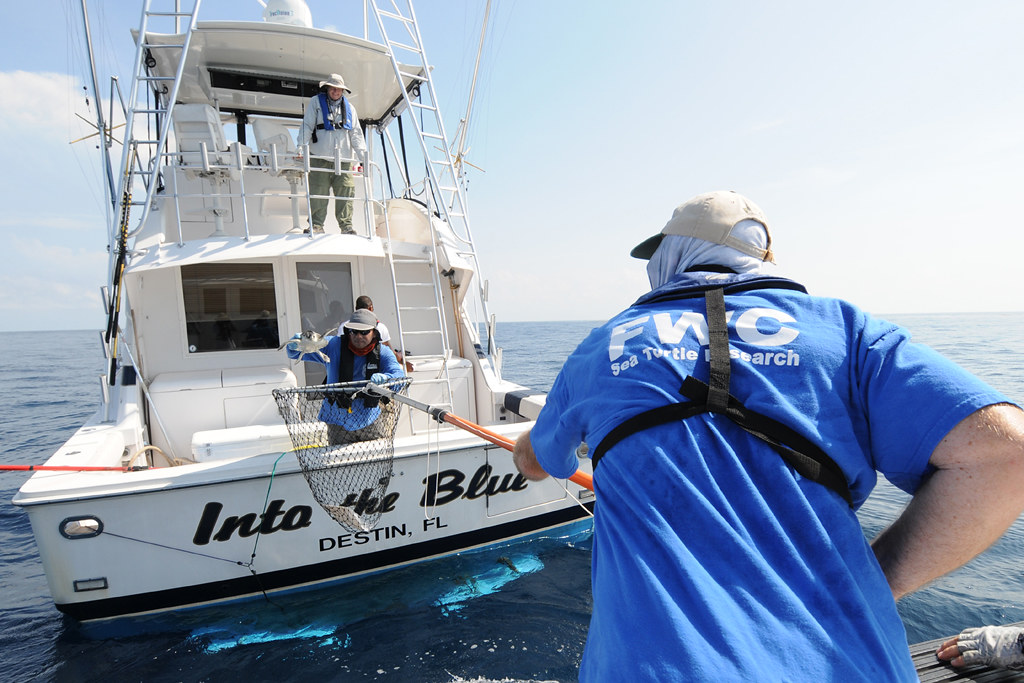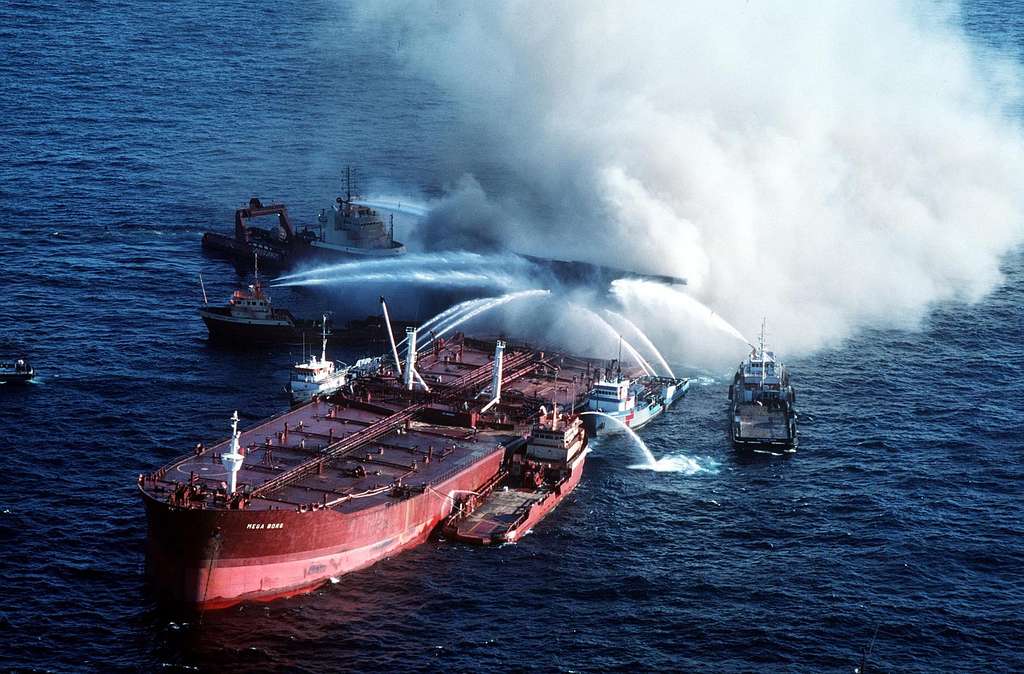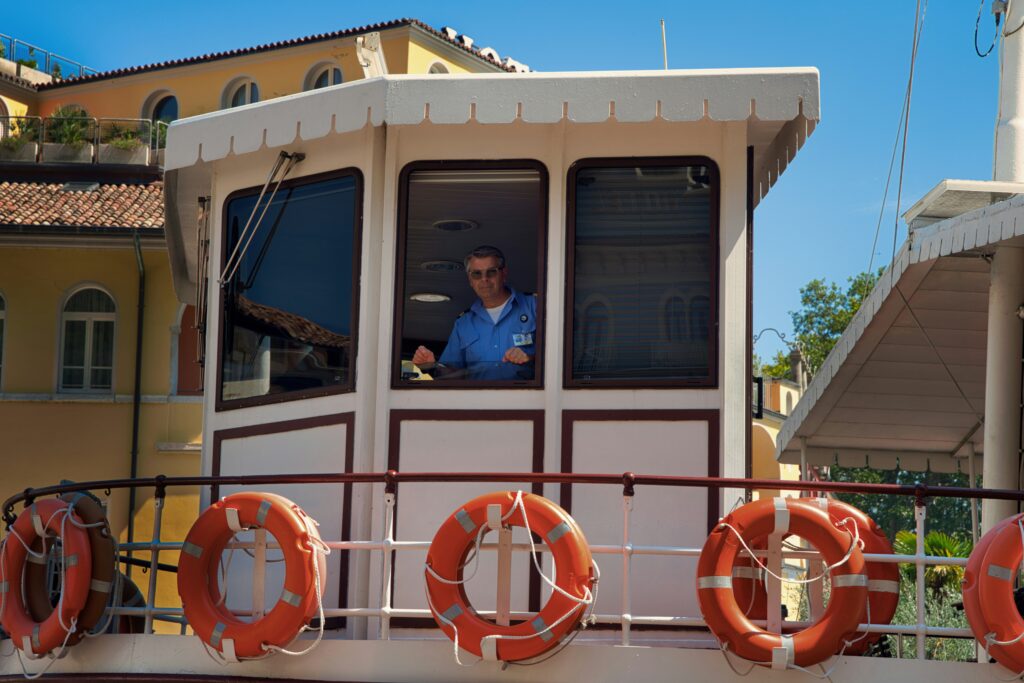Introduction
Protection and Indemnity Insurance isn’t just another box to tick—it’s your lifeline when things go wrong at sea.
If you’re a shipowner, operator, or work in the maritime world, you already know this:
One mistake. One accident. One claim…
And suddenly you’re facing a financial storm that could sink everything you’ve built.
I’ve seen too many business owners assume their standard marine policy has them fully covered—only to find out too late that it doesn’t. That’s where Protection and Indemnity (P&I) Insurance steps in.
With the right policy, you’ll be covered for:
- Third-party injuries or deaths
- Damage to other ships or property
- Pollution clean-up and legal costs
- Crew claims and stowaways
In this guide, I’ll walk you through:
- What Protection and Indemnity Insurance actually covers
- Why it’s a must-have for maritime businesses
- Who needs it (even if you’re not sure you do)
- How to choose a policy that won’t leave you exposed
Let’s break it all down—simply, clearly, and without the legal jargon. Because your business deserves to stay afloat, no matter what waves come your way.

Understanding Protection and Indemnity Insurance
P&I stands for Protection and Indemnity. It is a highly specialized form of coverage originally developed for the maritime industry. It plays a vital role in protecting shipowners and operators from third-party liability risks—such as injury to crew, passengers, or others; environmental damage; and cargo-related claims.
Unlike general insurance, which typically covers damage to the insured’s own property, protection and indemnity insurance focuses on liabilities arising from interactions with third parties. For example, if a vessel accidentally causes damage to a dock or leaks oil into the sea, P&I insurance helps cover the legal and financial fallout.

This form of insurance is unique in that it is usually offered by mutual associations known as P&I Clubs, where members pool their resources to cover claims collectively. These clubs have been the backbone of maritime liability coverage since the 19th century.
It’s important to note that while professional indemnity insurance exists for industries like consulting and coaching, it is not the same as protection & indemnity insurance. Each serves a specific purpose tailored to the risks inherent in its respective field.
So, if you’re in shipping or operate a marine-related business, Protection and Indemnity Insurance is not optional—it’s essential for safeguarding your operations against costly third-party claims.
History and Evolution of P&I Insurance
Protection and Indemnity Insurance (P&I) wasn’t created in a boardroom.
It was born out of necessity — by shipowners, for shipowners.
Here’s how it started:
- In the 1800s, traditional marine insurers refused to cover certain risks — like crew injuries, cargo issues, or passenger claims.
- So, shipowners created mutual clubs where they shared these risks and helped each other out after a loss.
- These clubs were not-for-profit and run by members — a concept that still shapes P&I today.
Fast forward to now…
- These small clubs have evolved into powerful global networks, known as the International Group of P&I Clubs.
- This group covers about 90% of the world’s commercial ships.
👉 Source: Standard Club
Why does this history matter today?
Because the world — and the risks — have changed:
- Oil spills, like the Torrey Canyon disaster, forced clubs to expand coverage to pollution and environmental damage.
👉 Read more on Wikipedia - Modern disasters, like the Baltimore Bridge collapse in 2024, triggered billions in claims — much of which fell under P&I cover.
👉 See the story on Business Insider
The point is simple:
➡️ P&I Insurance started as a lifeline between shipowners.
➡️ Today, it’s a global safety net for anyone operating at sea.
And with the risks only growing, having the right coverage isn’t just a smart move —
it’s essential to staying afloat in a changing maritime world.
Key Coverage Areas of Protection and Indemnity Insurance
A Protection and Indemnity policy generally covers a wide range of risks, including:
| Coverage Area | Description |
| Third-Party Injuries | Medical expenses and claims from bodily injuries. |
| Property Damage | Costs related to damage to others’ property. |
| Legal Defense Costs | Attorney fees, court costs, and settlements. |
| Pollution Liabilities | Costs associated with environmental cleanup and damages. |
| Cargo Loss or Damage | Coverage for goods lost or damaged during transportation. |
Understanding these coverage areas helps businesses see the true value of having P&I in place. One unexpected accident could lead to major financial consequences without the right protection.

Who Needs P&I Insurance?
Protection & indemnity insurance is a specialized form of coverage created specifically for the maritime industry. It is essential for businesses involved in the ownership, operation, or chartering of ships—particularly where third-party liabilities are a significant concern.
Here are the key groups who require P&I insurance:
- Shipping Companies
To cover risks related to crew injuries, cargo loss or damage, collisions, and environmental liabilities. - Freight and Logistics Operators with Maritime Exposure
Especially those involved in international sea transport, where traditional cargo or hull insurance does not extend to third-party claims. - Shipowners and Charterers
For protection against liabilities arising from the operation of vessels, including damage to ports, other ships, or third-party property.
P&I insurance is not designed for non-maritime professionals such as consultants, freelancers, or business coaches. These professionals typically require professional indemnity insurance, which is tailored to cover claims arising from professional advice, negligence, or service-related disputes.
If you’re in the shipping or maritime logistics sector, P&I insurance isn’t just recommended—it’s essential for staying compliant and financially protected in a high-risk environment.surance.
Importance of P&I Insurance for Maritime Small Businesses
If you run a small maritime business—whether you own a vessel, operate a shipping company, or provide marine transport services—Protection & Indemnity (P&I) insurance is not just a nice-to-have; it’s a financial lifeline.
Operating on tighter margins means your business is especially vulnerable to unexpected claims. From crew injuries and passenger accidents to environmental damage or cargo disputes, maritime operations carry unique risks that can quickly spiral into costly legal battles.
P&I insurance serves as a crucial safety net—helping you absorb the financial shock of third-party claims without jeopardizing your business’s stability. It covers everything from medical expenses and legal defence costs to compensation payouts.
With the right P&I cover in place, you can navigate challenges confidently, protect your assets, and stay focused on growing your maritime business without the looming fear of crippling liability costs.
Common Claims Covered by P&I Insurance
Businesses that operate without full coverage expose themselves to a range of risks.
Here are some common situations where P&I insurance comes into play:
| Claim Type | Example Scenario |
| Bodily Injury | A client slips on a wet floor in your office. |
| Property Damage | Equipment you install damages a client’s property. |
| Environmental Pollution | Leakage from your business activities causes land damage. |
| Cargo Damage | Goods you transport are damaged during shipping. |
Real-world examples like these show why investing in solid P&I insurance is not just smart – it’s essential for survival in a competitive business environment.
Factors Affecting P&I Insurance Costs
The cost of P&I is influenced by several factors.
Businesses should understand these to plan budgets effectively:
- Industry Type: Maritime businesses generally pay more due to higher risks.
- Business Size: Larger businesses with more employees and clients face higher premiums.
- Risk Profile: Businesses with a history of claims or operating in high-risk environments may pay more.
- Coverage Limits: Higher coverage limits naturally lead to higher premiums.
Being aware of these factors can help businesses make informed decisions when selecting policies.
How to Choose the Right P&I Insurance Plan
Choosing the right insurance plan starts with assessing your specific risks.
Here’s a simple checklist for selecting the best P&I policy:
- Analyze your client interaction levels.
- Identify potential risks associated with your services.
- Set a realistic budget for premiums.
- Consult insurance experts who specialize in P&I coverage.
- Review and compare multiple policies carefully.
Making an informed choice will ensure you have adequate protection without overpaying for unnecessary features.

Tips for Managing P&I Insurance Effectively
Even after purchasing a plan, managing your P&I smartly is key:
- Conduct regular risk assessments.
- Update your coverage as your business grows.
- Keep detailed records of incidents.
- Review your policy annually to adjust as needed.
Good management practices ensure your policy continues to protect you effectively and offers peace of mind.
Conclusion
Protection and Indemnity insurance is more than just a maritime necessity; it is a crucial part of risk management for many modern businesses. Whether you are shipping cargo, offering consulting services, or running a freelance operation, P&I helps shield you from the devastating costs of legal claims and liabilities.
Understanding what P&I covers, knowing who needs it, and making smart policy choices will position your business for long-term stability and success. In today’s unpredictable business environment, smart owners know that business insurance protection is not an option – it’s a necessity.

